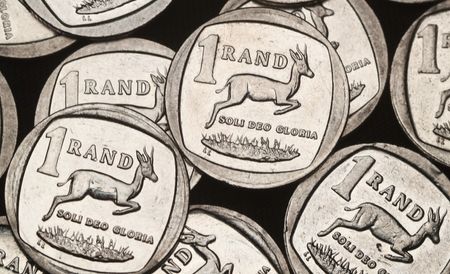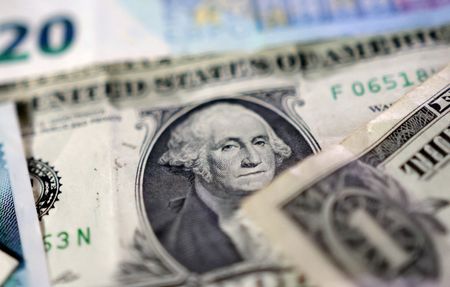By Mohi Narayan
NEW DELHI (Reuters) -Oil prices took a breather on Monday after last week’s fall of about 3%, as investors weighed the chances for a U.S. rate cut against the prospect of a Russia-Ukraine deal that could free up more Russian supply through an easing of sanctions.
The United States and Ukraine were set to resume work on a revised plan for the peace deal ahead of a Thursday deadline set by U.S. President Donald Trump, after having agreed to adjust an earlier version that critics said was too favourable to Moscow.
Brent crude futures fell 3 cents, or 0.05%, to $62.53 per barrel by 0716 GMT, while West Texas Intermediate was down 7 cents, or 0.12%, at $57.99 a barrel. Both benchmarks hit their lowest settlements since October 21.
“The selloff was triggered mainly by President Trump’s forceful push for a Russia-Ukraine peace deal, which markets see as a fast track to unlocking substantial Russian supply,” IG analyst Tony Sycamore wrote in a note.
Moves towards a deal far outweighed the near-term disruption from U.S. sanctions on state-owned Rosneft and private firm Lukoil that took effect on Friday, he added.
The sanctions have stranded nearly 48 million barrels of Russian crude at sea.
Trump has set a deadline of Thursday for the deal, though European leaders are pushing to improve it.
A peace deal could roll back sanctions that have curbed Russian oil exports. Russia was the second-largest producer of crude oil in the world after the United States in 2024, according to the U.S. Energy Information Administration.
Uncertainty regarding U.S. interest rate cuts is another factor suppressing investors’ appetites.
However, the possibility of a rate cut next month increased after New York Federal Reserve President John Williams suggested a cut in the near term.
“Expectations of a potential Fed rate cut in December may also provide a counterbalance to bearish sentiment by improving global risk appetite,” said Sugandha Sachdeva, founder of SS WealthStreet, a New Delhi-based research firm.
“Crude prices have already declined nearly 17% this year, reflecting persistent negative sentiment … at these lower levels, value buying is expected to gradually emerge.”
(Reporting by Mohi Narayan in New Delhi and Helen Clark in Perth; Editing by Thomas Derpinghaus and Clarence Fernandez)










